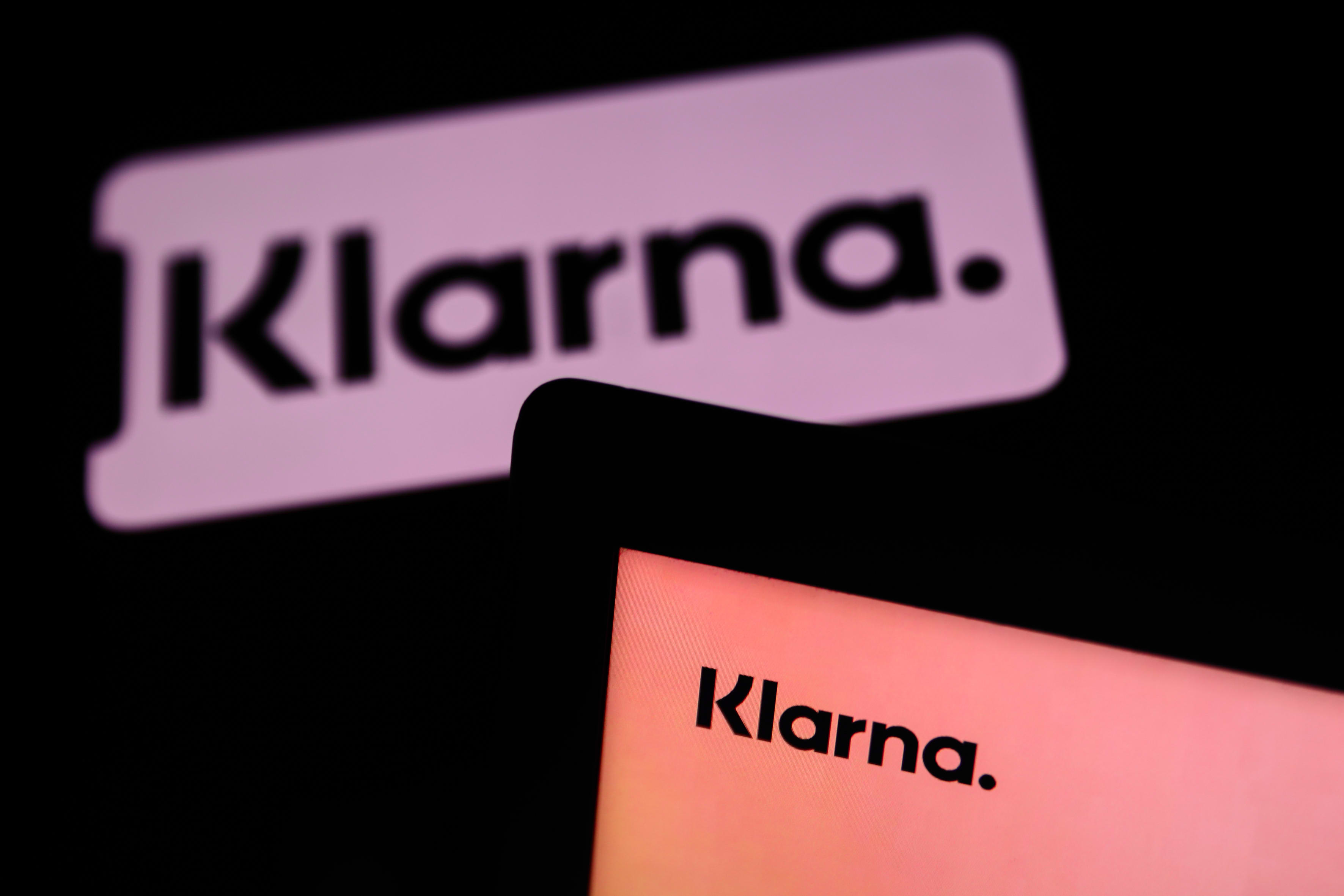
Buy now, pay later is having a moment.
Millions of shoppers now use a buy now, pay later, or BNPL, service to finance their purchases. And the options are more varied than ever — Klarna, Affirm and Afterpay are just a few of the many providers in the space.
Meanwhile, big companies are jumping on the bandwagon, with PayPal launching its own product, Amazon and Apple partnering up with Affirm, and Square agreeing to buy Afterpay in a $29 billion deal.
BNPL companies tout their service as a better alternative to credit cards. But critics are worried many people are spending more than they can afford and that some may not even realize they're getting into debt.
So what is buy now, pay later? And why is it suddenly booming?
What is BNPL?
BNPL plans, also known as point-of-sale loans, let shoppers pay for their items over a period of instalments.
The concept isn't new. Instalment plans have been around for years, known as "layaway" in the U.S., or "lay-by" in Australia. These agreements let people spread the cost of items over a certain amount of time.
BNPL is similar in that consumers get the product upfront and pay for it in incremental amounts, often interest-free.
Buyers can opt to use a BNPL service when checking out online with just a few clicks. They typically pay the first instalment then, and get invoiced the remaining sum during a period of three to four months.
BNPL providers often add a checkout button to a retailer's website and then take a cut from the merchant on each transaction. Experts say retailers are incentivized to agree to this as it often leads to higher average order value and better conversion rates.
Some BNPL firms also generate income from late payment fees and interest on longer-term instalment plans.
The advantage for shoppers is that they can buy a more expensive item than they might normally be able to pay for in one go — say, a $300 jacket — and spread the cost of their purchase over monthly instalments.
Why is it so popular?
One word: coronavirus.
The pandemic resulted in many brick-and-mortar retailers being forced to temporarily shut down and saw consumers spend much more of their time at home.
This accelerated the growth of online shopping. According to a report from Worldpay, the payment processing firm owned by FIS, global e-commerce transactions totaled $4.6 trillion last year, up 19% from 2019.
BNPL accounted for 2.1% — or about $97 billion — of that sum. This figure is expected to double to 4.2% by 2024, according to Worldpay.
While BNPL plans had already been growing in popularity prior to the pandemic, a shift in consumer spending habits and surging e-commerce adoption gave the market a significant lift.
That's been a boon to a number of companies in the space, with Klarna reaching a $46 billion valuation in a recent private fundraising round, PayPal acquiring Japanese firm Paidy for $2.7 billion and Square snapping up Afterpay.
What are the risks?
One of the main criticisms of BNPL is that it could encourage shoppers to spend more than they can afford. Pay-later plans are particularly popular with millennial and Gen Z shoppers.
Which?, a consumer advocacy group in the U.K., says it conducted an investigation which found that almost a quarter of BNPL users spent more than they initially intended to because the service was available.
There are also fears over how easily people can get into debt, sometimes without even realizing, since there are no hard credit checks involved.
The sector has been compared to controversial payday loans that allow short-term borrowing, often with high interest rates. While BNPL is typically interest-free, some providers charge high late payment fees.
BNPL providers say they have safeguards in place to make sure users don't overspend. Klarna, for example, sets spending limits on a case-by-case basis.
"For every transaction, we take a new position and look at how consumers are using this product," Sebastian Siemiatkowski, Klarna's CEO, told CNBC.
"If they're using it in a positive way, we're able to expand their ability to use it. If not, we're going to restrict their ability to use it or stop their ability entirely to use it."
But critics argue BNPL needs regulations to sufficiently protect consumers. The U.K. government is seeking to rein in the industry with a range of proposals including affordability checks on customers. A consultation on the rules is expected to be released in October.
For their part, Klarna and Clearpay — the U.K. arm of Afterpay — say they welcome the move toward regulation.
"how" - Google News
September 21, 2021 at 03:50PM
https://ift.tt/2VYTWir
How buy now, pay later became a $100 billion industry - CNBC
"how" - Google News
https://ift.tt/2MfXd3I
Bagikan Berita Ini















0 Response to "How buy now, pay later became a $100 billion industry - CNBC"
Post a Comment